These are conveyors that employ vibrational energy for imparting static and dynamic forces on aggregate materials to move them up or down a pathway. The surface of the conveyor is typically a smooth trough that contains vibratory components that are attached to cause shaking of this trough lengthwise. Because of this action, bulk products like limestone, coal, gravel, sand, food materials, and others “hop” with the vibration’s frequency towards the trough’s end. Read More…
ERIEZ is a global manufacturer of an entire range of vibratory feeders and related machinery. We serve all the process industries, including food, chemical, pharmaceutical, ceramics, glass, packaging, metalworking, minerals processing and others.
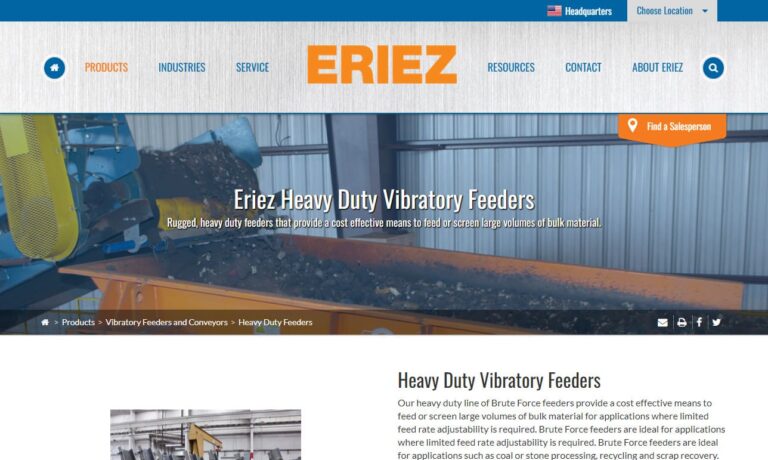
Rodix manufactures vibratory feeder controls, inline track drives, drive bases, & bulk storage hoppers for part feeding systems. Our line of vibratory feeder controls feature variable amplitude, variable frequency, line-voltage compensation, UL/cUL Listed, CE Marked, and more. We have experience working with machine integrators, vibratory feed system builders, and manufacturers.
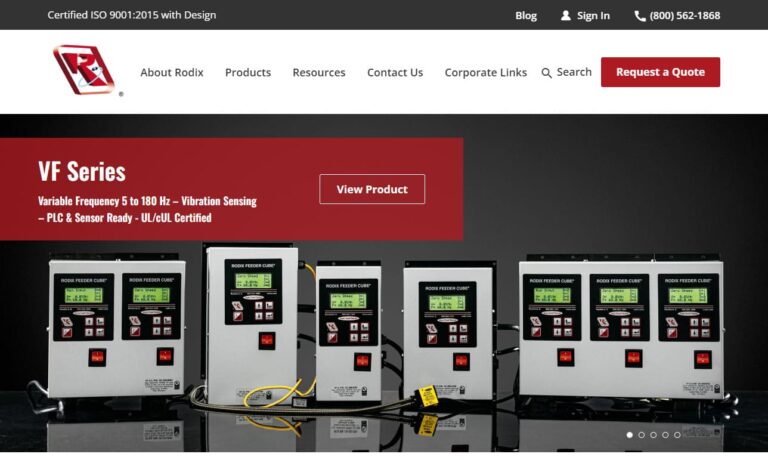
PPM Technologies Holdings, LLC is an innovative industry leader in the vibratory feeder industry. Our main focus has always been to provide our customers with high-quality products with the exact specifications for their needs. With our wide range of products, we are able to serve various industries.
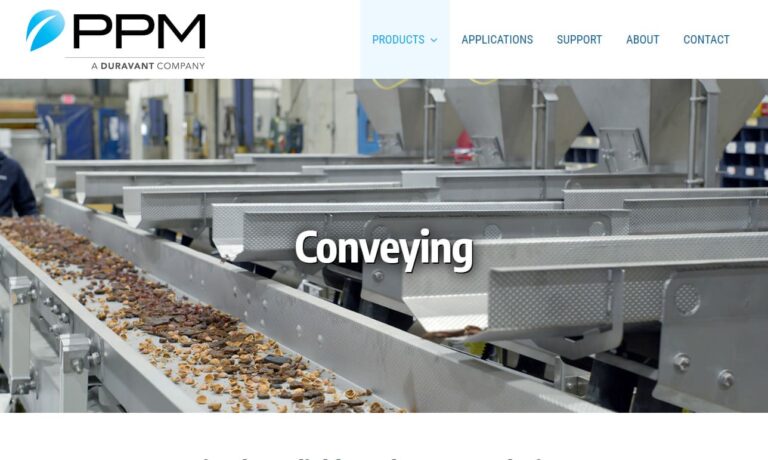
UTI specializes in the engineering of vibratory and rotary parts handling equipment. UTI leads the industry in innovative parts handling solutions. We provide simple and efficient solutions to complex problems. We are an engineered based provider of parts feeders, simple mechanisms, systems, solutions, and service.
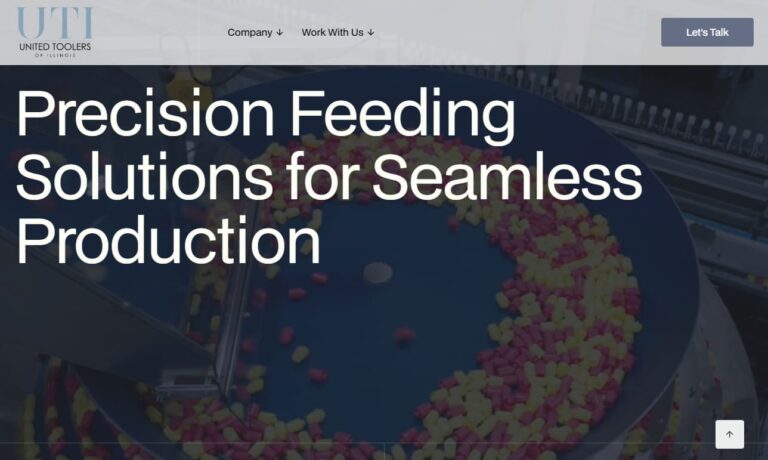
At Jerhen-Warren Industries, Inc., we specialize in designing and manufacturing advanced vibratory feeders that ensure smooth, efficient material handling for diverse applications. Our expertise spans the full spectrum of vibratory feeding systems, where we integrate innovative technology and precise engineering to develop reliable solutions tailored to our clients' operational needs.
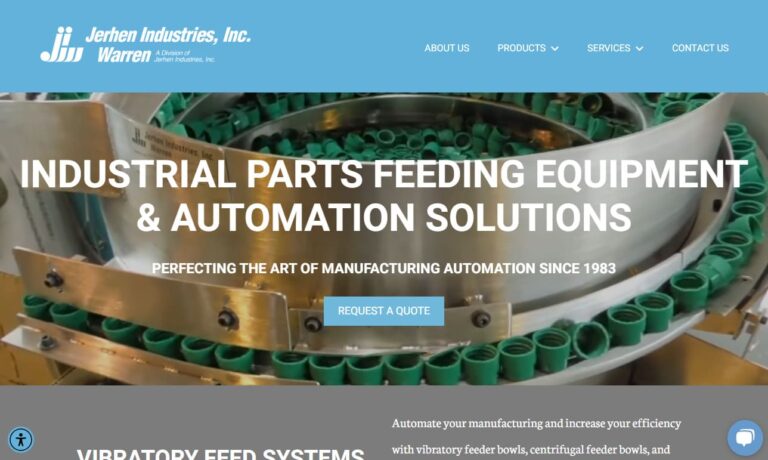
More Vibratory Conveyor Manufacturers

The occurrence of this hopping action at many cycles per second causes the conveyance of the bed of materials and it is capable of driving deep beds of various matter. Vibratory conveyors are specified when there is a need for horizontal or shallow incline conveying. They are capable of handling most bulk items including powders, solids, and irregularly-shaped materials.
How Vibratory Conveyors Work
The function of a vibratory conveyor is highly dependent on its motor and its construction. As a consequence, it is very hard to generalize the working principles of all types of vibratory conveyors.
There is one type of vibratory conveyor design in which there is an impartation of an oscillatory force by the drive system to the trough with a specified amplitude and frequency. One full movement of the trough or the trough stroke is usually two times the amplitude of the vibration. The goal of most vibratory conveyors is the minimization of this amplitude while maximizing the frequency. These types of vibratory conveyors are known as controlled conveyors since the amplitude and frequency can be exactly set and changed if there is any need to.
Natural frequency vibratory conveyors make use of springs and other components that cause a vibration of the trough at their inherent frequencies.This reduces the usage of energy and distributes vibration across the trough uniformly. Most vibratory conveyors utilize natural frequency techniques, but controlled vibratory conveyors are often specialized which makes their generalization complex.
Types of Vibratory Conveyors
Standard-Duty Vibratory Conveyors
These are built for handling medium to light density materials like wood, plastics, porous rock, etc. Their rating is often with capacities that range from 1 to 40 tons per hour. This occurs at speeds up to 60 ft per minute and can be modular, as well as portable, depending on needs.

These types of vibratory conveyors last for a long time and experience little to no wear. As a result, they are safe and reliable for moving aggregate. Their use is mostly found in food and chemical processing, plastics, and manufacturing.
Heavy-Duty Vibratory Conveyors
These types are rated for moving heavier, more unwieldy materials requiring high speed and power. Typically, they are utilized for metal, rock, as well as large volumes of heavy products. Their capacities exceed 500 tons per hour. This occurs at a speed up to 90 ft per minute. Typically, they have installed units requiring specific foundation supports like dampers, stands, and dashpots. Heavy-duty vibratory conveyors are usually controlled through motors and they need improved power requirements than standard duty vibratory conveyors. They are used in large manufacturing, rubber, lumber, foundries, and other large-scale applications.
Oscillating Conveyors
These are specific types of vibratory conveyors that operate employing a relatively low frequency and an amplitude of motion that is larger than would typically be used with a vibrating conveyor. As a consequence, these types of vibratory conveyors are used for the bulking of materials such as in the timber industry or recycling industry.

These conveyors may be utilized for the transportation of wooden scraps from an upstream system which then moves them to a point of discharge. They operate at lower amplitudes and higher frequencies.
Applications of Vibratory Conveyors
- They are used for screening applications.
- They are utilized for fluidizing products.
- They are used to classify products by size for either cooling or drying applications.
- In product-packing vessels, they can be used to promote leveling.
- Vibratory conveyors can be used for the elevation of products between process points.
- Vibratory conveyors are used for the removal of excess moisture from products.
- They can be used to spread products for uniform-distribution transfer applications.
Benefits of Vibratory Conveyors
- They are easy to clean and they require less maintenance.
- Vibratory conveyors are energy efficient and have low-horsepower requirements.
- They operate quietly.
- Heavy-duty vibratory conveyors allow for continuous operation and protect against spillage and leaks.
- Enclosed models protect dairy and food powders against dust and cross-contamination.
Choosing the Correct Vibratory Conveyor Company
To make sure you have the most productive outcome when purchasing vibratory conveyors from a vibratory conveyor company, it is important to compare at least 4 to 5 companies using our vibratory conveyor directory. Each vibratory conveyor company has a business profile page that highlights their areas of experience and capabilities and a contact form to directly communicate with the company for more information or request a quote. Review each vibratory conveyor company website using our proprietary website previewer to get an idea of what each company specializes in, and then use our simple RFQ form to contact multiple vibratory conveyor companies with the same quote.




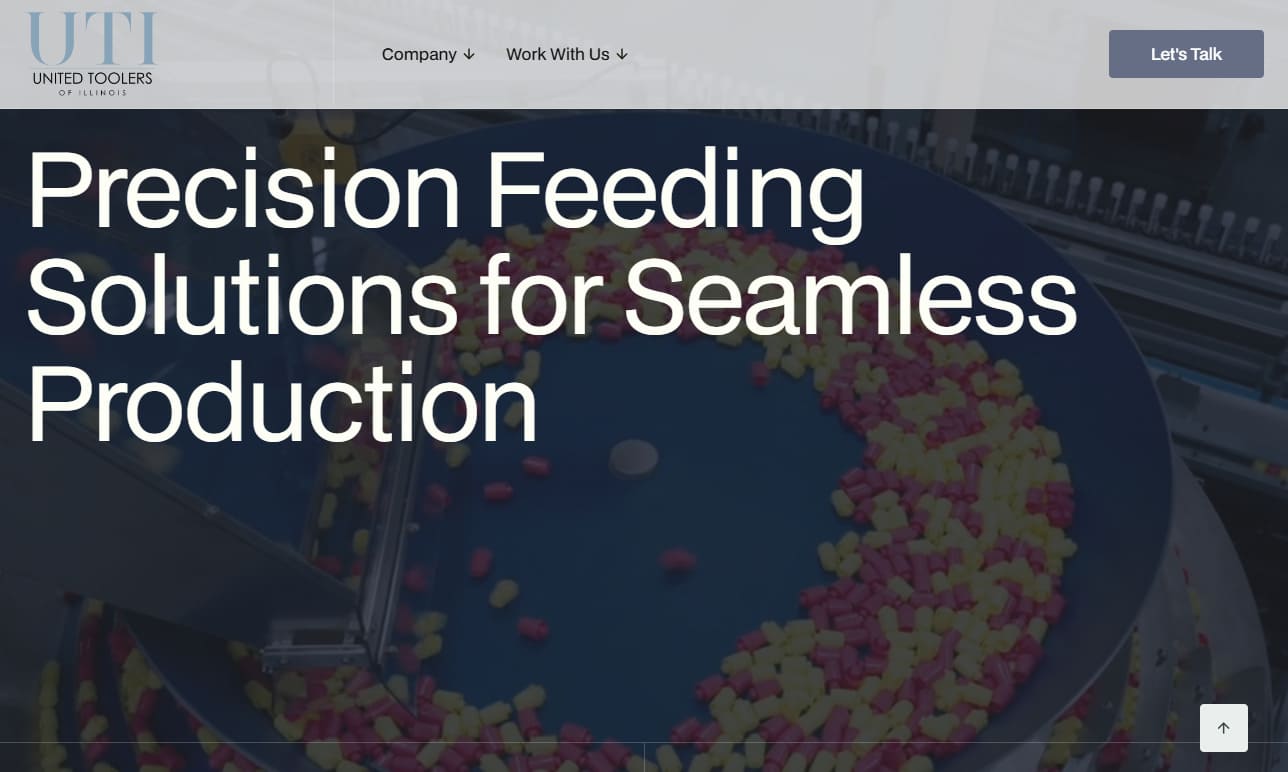
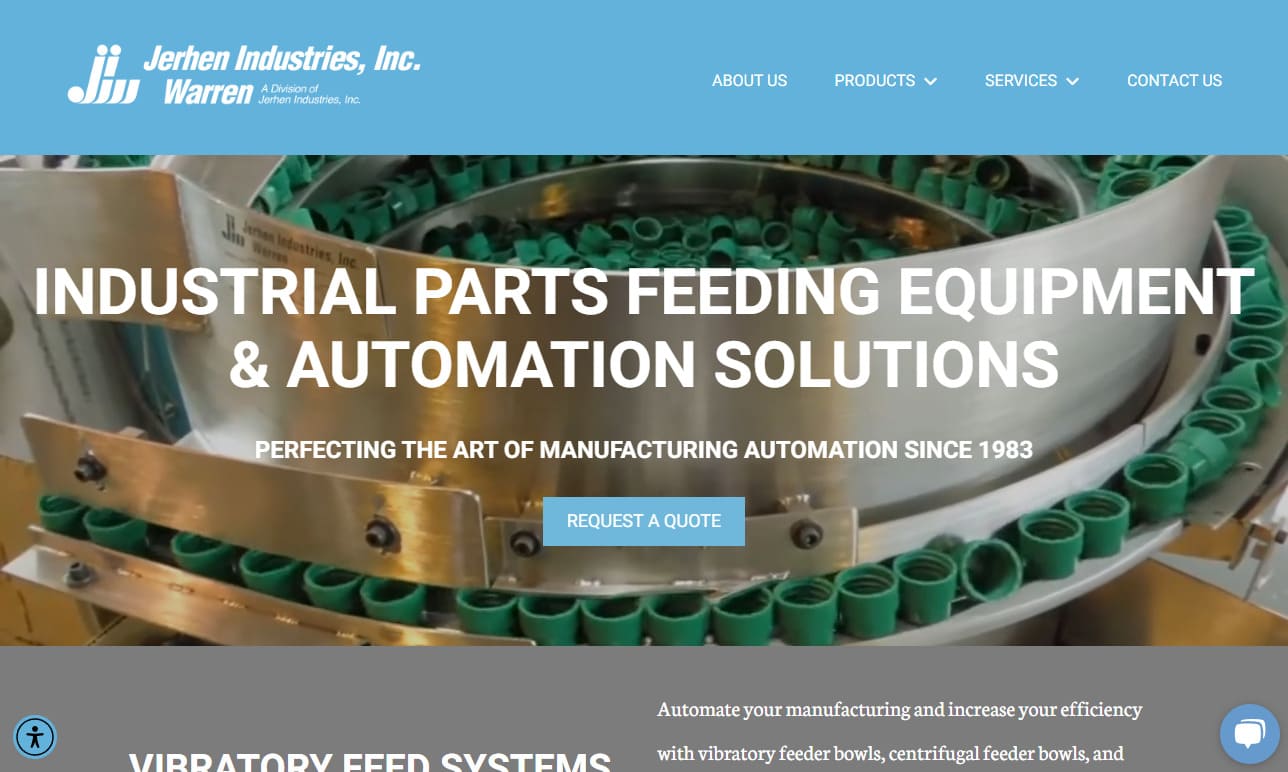
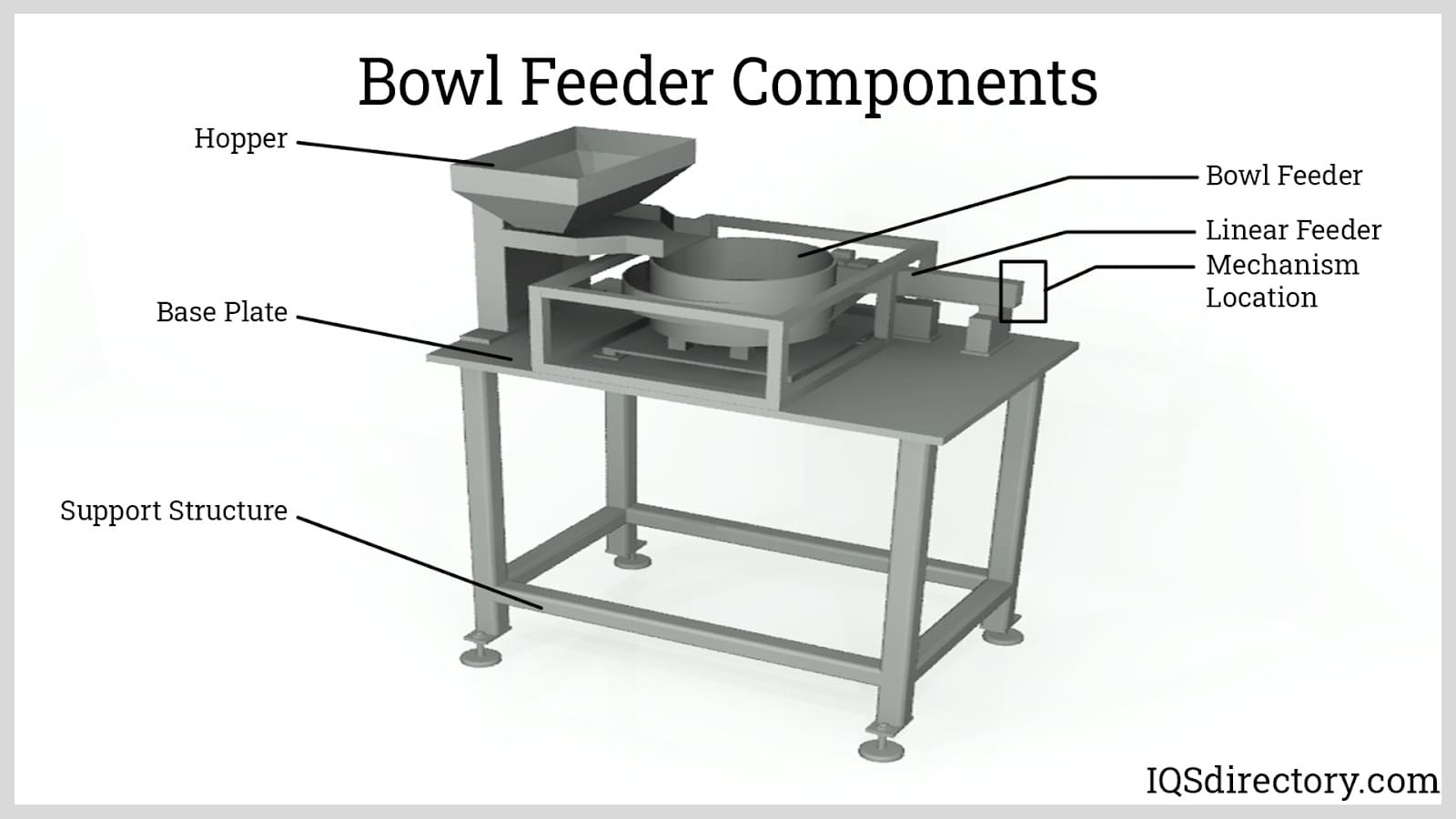
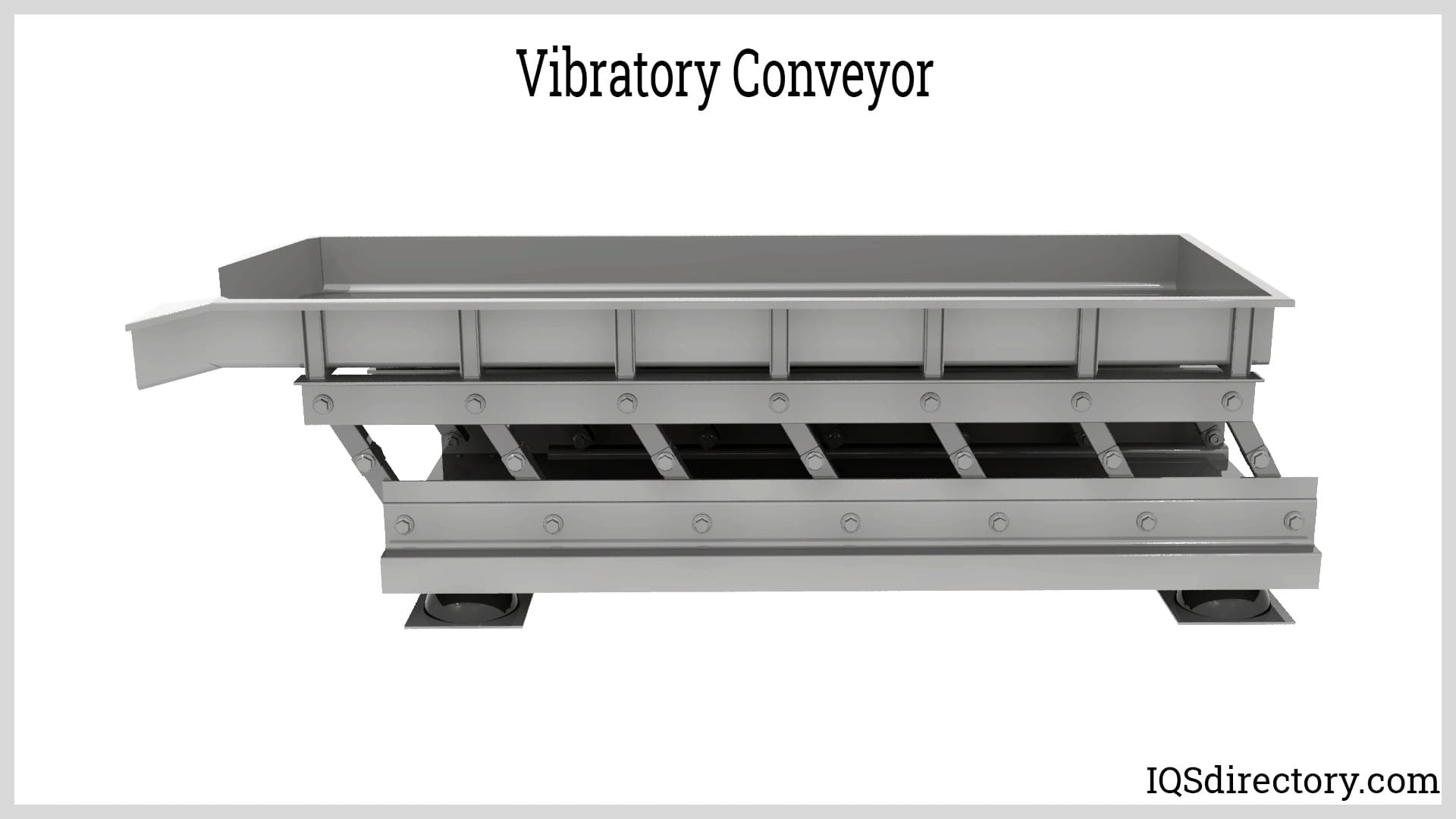
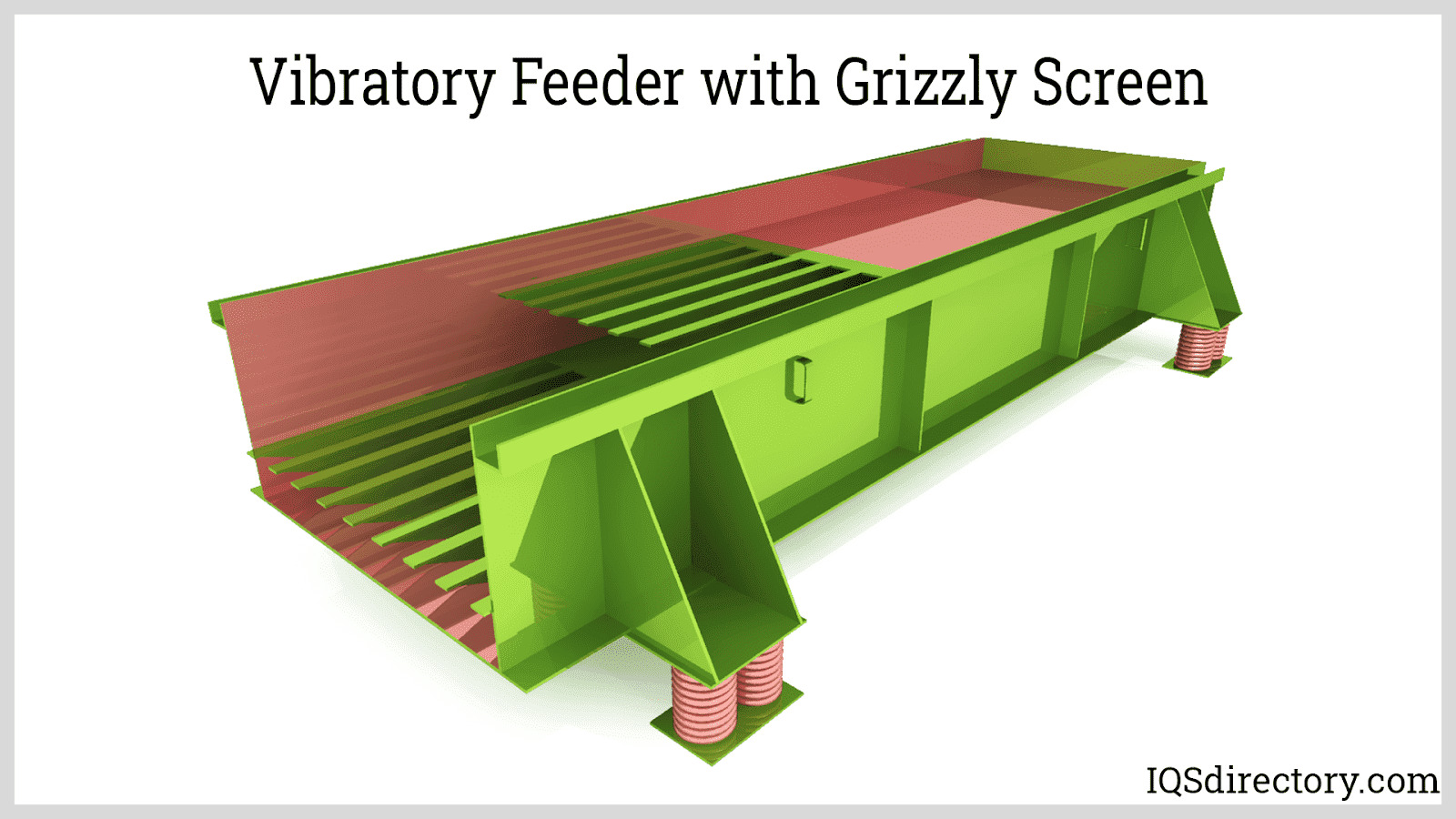
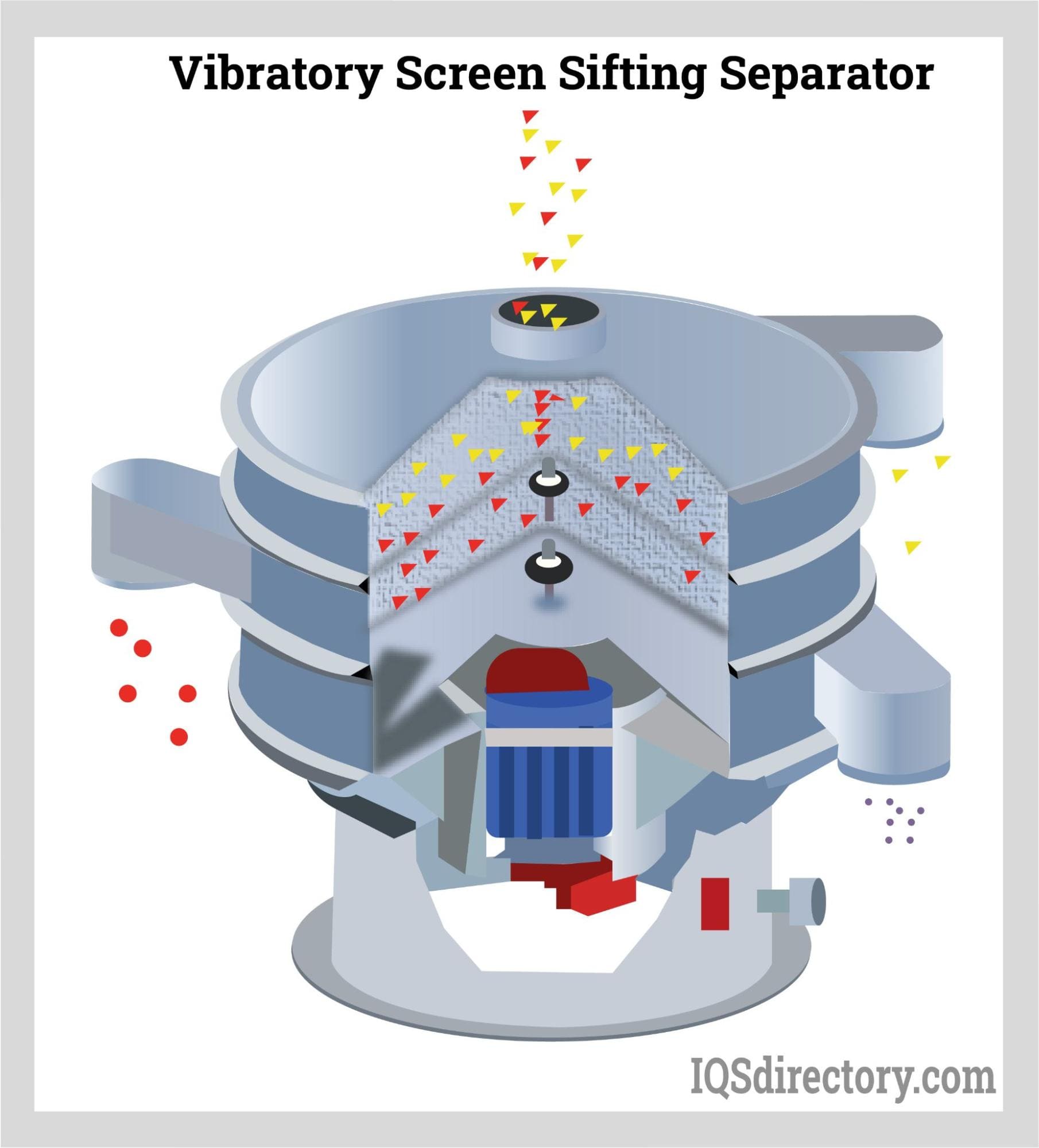

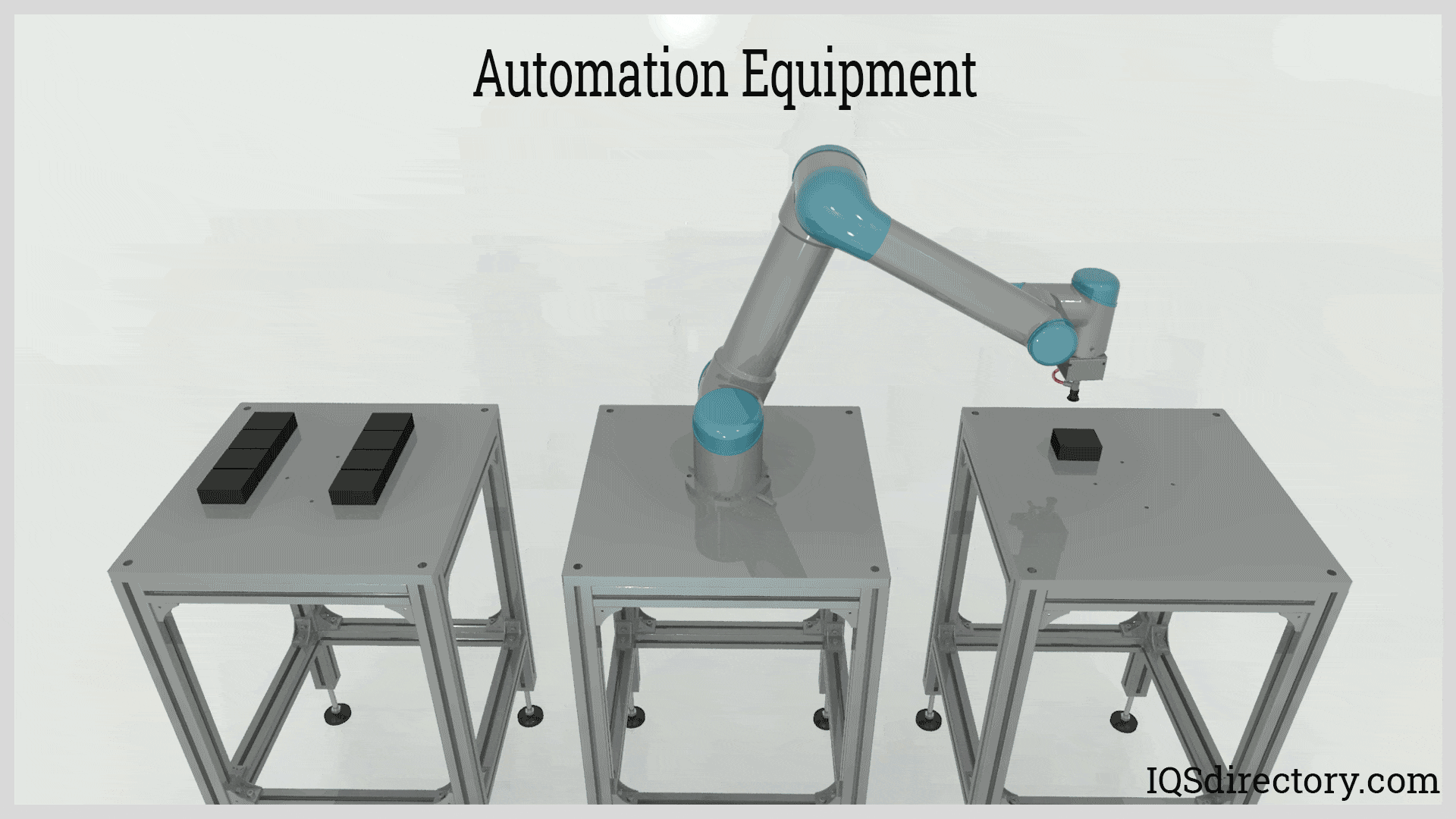
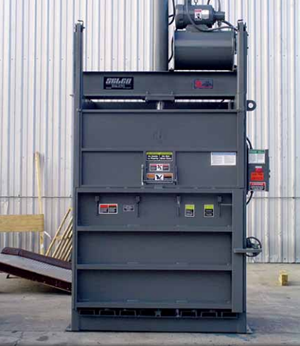 Balers
Balers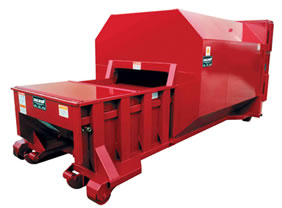 Compactors
Compactors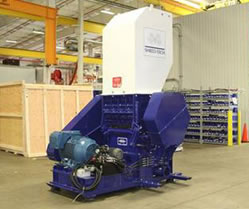 Granulators
Granulators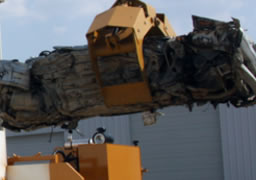 Grapplers
Grapplers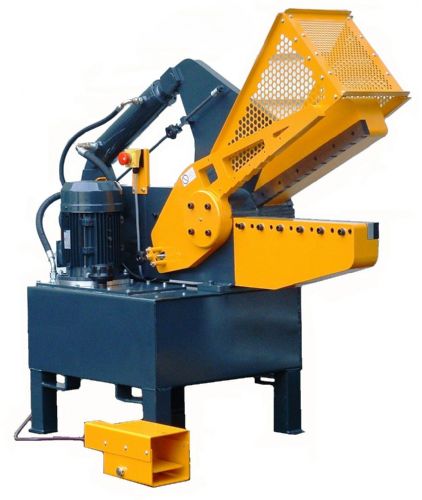 Metal Shears
Metal Shears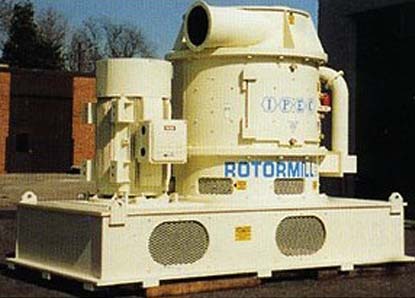 Pulverizers
Pulverizers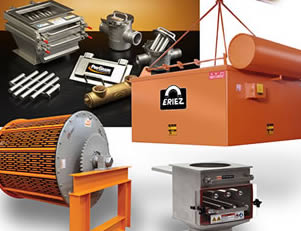 Separators
Separators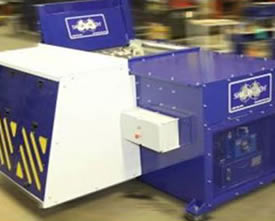 Shredders
Shredders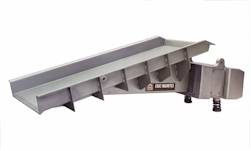 Vibratory Feeders
Vibratory Feeders Castings & Forgings
Castings & Forgings Bulk Material Handling
Bulk Material Handling Electrical & Electronic Components
Electrical & Electronic Components Flow Instrumentation
Flow Instrumentation Hardware
Hardware Material Handling Equipment
Material Handling Equipment Metal Cutting Services
Metal Cutting Services Metal Forming Services
Metal Forming Services Metal Suppliers
Metal Suppliers Motion Control Products
Motion Control Products Plant & Facility Equipment
Plant & Facility Equipment Plant & Facility Supplies
Plant & Facility Supplies Plastic Molding Processes
Plastic Molding Processes Pumps & Valves
Pumps & Valves Recycling Equipment
Recycling Equipment Rubber Products & Services
Rubber Products & Services